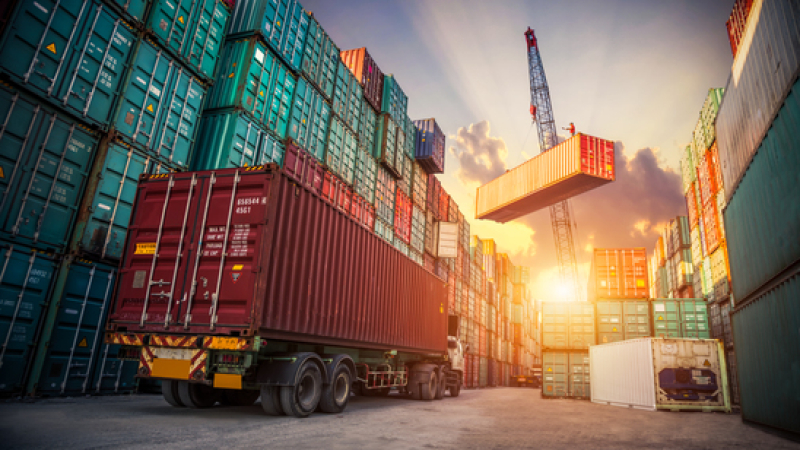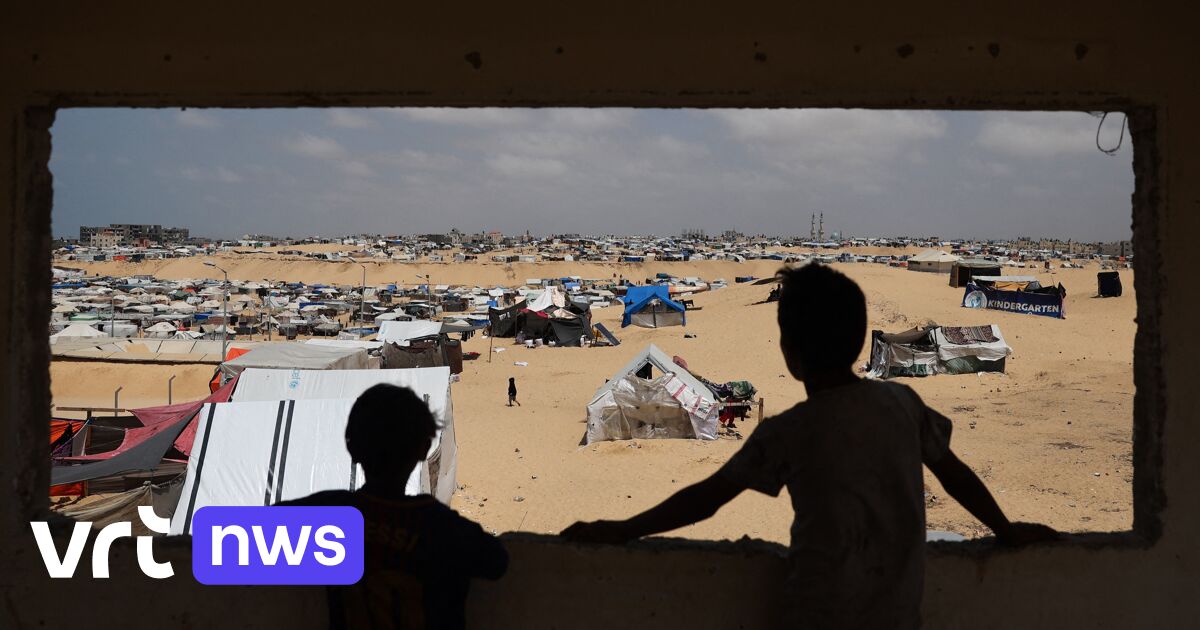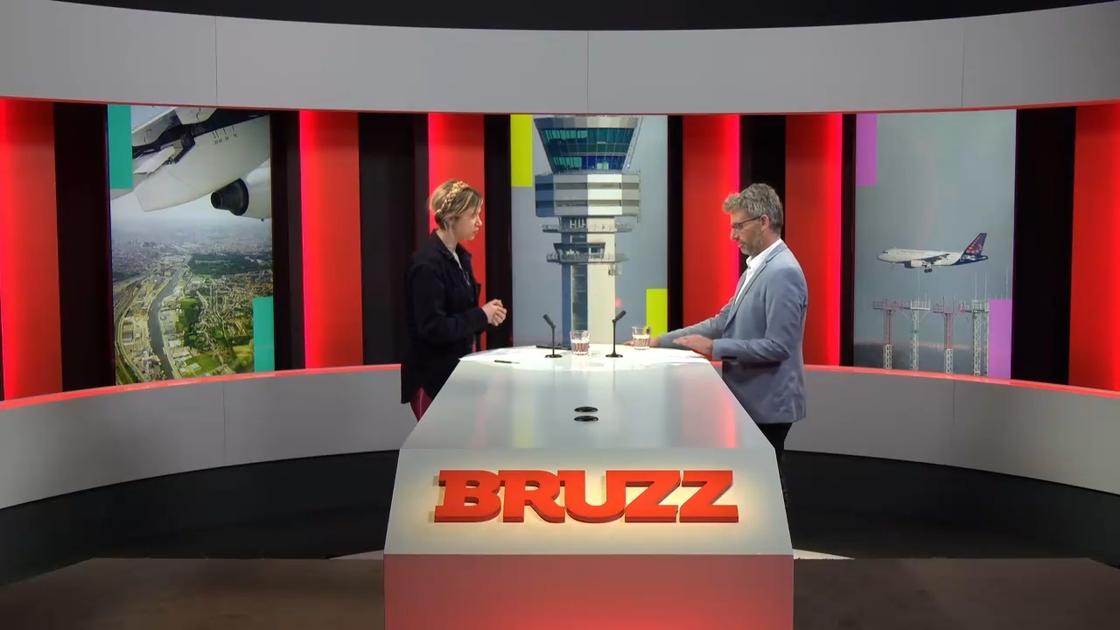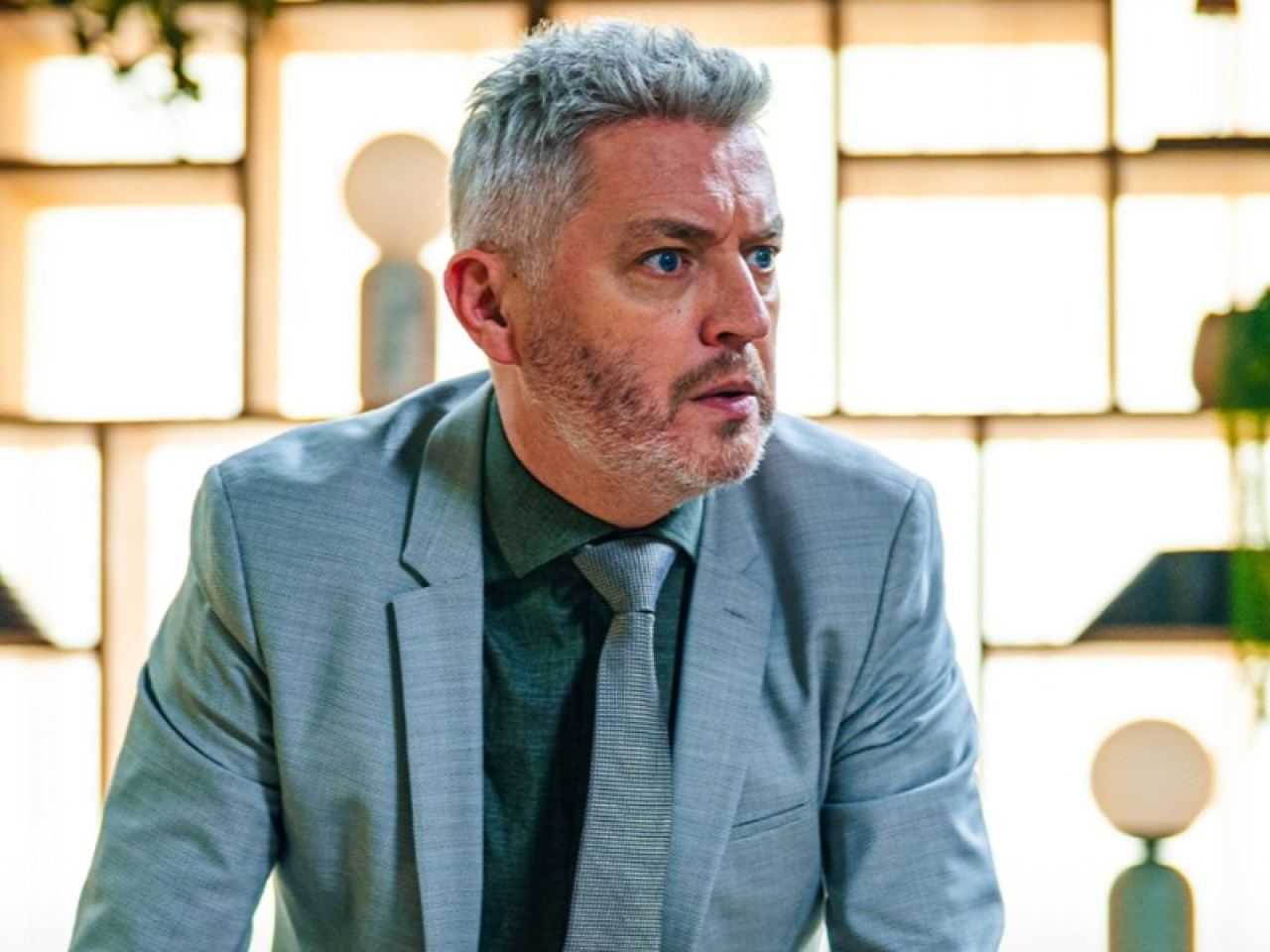Leo Lucassen is Director of the International Institute of Social History and Professor at Leiden University.
On Sunday, Dutch Prime Minister Mark Rutte, his Italian colleague Giorgia Meloni, and European Commission President Ursula von der Leyen will fly to Tunisia to speak with President Kais Saied about, among other things, a “broad partnership” on migration. Rutte is under heavy fire from his party (VVD) in his country. At the party congress last Saturday, several members accused him of not standing up for his people and failing to keep his promise to “reduce the flow of asylum”. An agreement with Tunisia to prevent asylum seekers and other migrants from traveling to Europe on boats would be convenient for him, and for his fellow travelers as well. It will facilitate the implementation of the agreement in principle reached Thursday in Luxembourg by EU member states to return asylum seekers from so-called safe and undocumented countries.
In doing so, these European politicians are continuing the path they have taken since 2016, with the aim of making the arrival of asylum seekers to the territory of an EU member state with the aim of filing an asylum application there as difficult and unattractive as possible. . The March 2016 agreement with Turkey and various agreements with African countries such as Mali and Chad to stop migrants already living in sub-Saharan Africa fit this pattern. But also other forms of externalization of asylum policy in the form of ideas to transfer asylum seekers to African countries such as Rwanda (by the UK and Denmark), where they not only have to go through an asylum procedure, but if the outcome is positive, they are also expected to They stay there.
This Australian option, in which nearly 4,000 asylum seekers were forcibly placed in camps in the Pacific between 2012 and 2014, was recently described as “cruel, expensive and ineffective” by researchers at the University of New South Wales in Sydney, according to the report. It seems they don’t. Push fun. However, this model seems to rank high on Rutte, Meloni, and Von der Leyen’s shopping list. Whatever assurances Tunisia, which is under the authoritarian rule of the European Union, may offer, the future for asylum seekers and people who wish to work in Europe does not look bright in practice. Aside from the erosion of the rule of law and disregard for human rights, a climate of xenophobia and racism prevails in Tunisia, particularly against immigrants from West Africa, with recent racist witch hunts of black immigrants.
Powerful performance
However, this perspective did not seem to bother the aforementioned triumvirate, and many other European politicians. As long as they can show their constituents that they are taking firm and effective action against what many politicians portray as an existential problem. However, this is highly questionable. First of all, by 2022, the countries of the European Union enthusiastically welcomed almost a million Ukrainians and did everything possible to accommodate them and help them find work. Suddenly it became much more possible than had been assumed until then. And it was also clear to many people at the time that sometimes many of these homeless people would stay longer and some permanently. We also know that some rejected asylum seekers, for example, from North and West Africa, who receive very low wages and are sometimes subjected to brutal exploitation, keep the various sectors of the economy going and keep the prices of many products and services low.
This leads us to a startling dichotomy in European immigration policy. Because on the one hand, we have made the journey to Europe a fatal obstacle for asylum seekers from the Middle East and the Horn of Africa, but also for migrant workers from other parts of Africa since the beginning of this century due to very severe restrictions on visa policy, is the number of work permits issued annually to people outside Europe (mainly from Asia) has nearly quadrupled since 2011 (to approximately 1.4 million annually). This is not surprising given that the population continues to shrink, age increases, and the labor market is unprecedentedly tight.
More training
It is remarkable that instead of billions gobbling up more rigging Fortress Europe, illegal returns of wrecked boats at sea (“pushbacks”) and dumping of asylum seekers in totalitarian countries, where a hopeless existence awaits them, much is used to help refugees find work. Not only by allowing them to go to work more quickly, but also by putting more energy into further training, recognizing their certification, creating job opportunities based on experience, and establishing contacts with employers. Not because we have to submit a feasibility study to the refugees, but because they also want to move on with their lives as quickly as possible.
In addition, there should be more opportunities for migrant workers to come and work in Europe, temporarily or permanently, where the social contributions they pay are centrally recorded and, if desired, can be repatriated if people decide to terminate their employment. . Breathable borders, not airtight, that allow forms of circular migration, and prevent people from thinking of leaving again, because they have paid and risked so much to overcome all the existing obstacles.
Let Rutte and his colleagues consider that rather than take another step down this miserable path.

“Creator. Award-winning problem solver. Music evangelist. Incurable introvert.”





/s3/static.nrc.nl/images/gn4/stripped/data115061748-757f8b.jpg)

More Stories
There is no progress in the negotiations between Hamas and Israel, new talks on stopping the fighting tomorrow
Up to 8 million tons of soybeans sank in Brazil – analysis of grains and raw materials
The Pope to priests: The Church is not collegial unless the parishes are